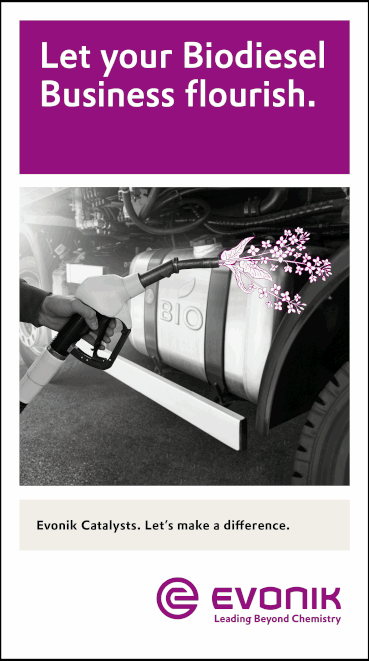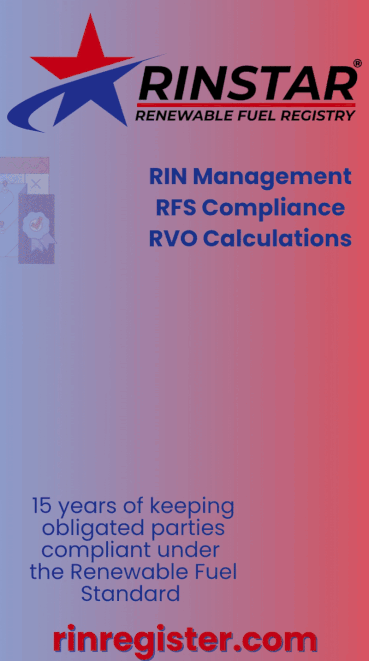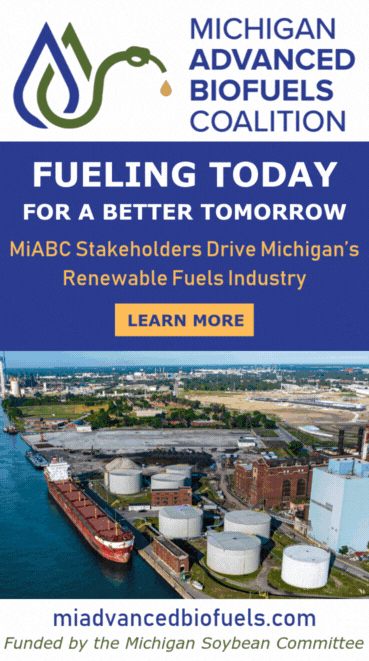Earth Day 2025: Advanced engines, biofuels offer sustainable solution for power, mobility
- Engine Technology Forum
- Apr 22
- 3 min read

The Engine Technology Forum celebrated Earth Day 2025 by acknowledging all that has been accomplished but recognizing more must be done.
“The economic, energy and environmental challenges facing society today are complex and don’t have a singular solution,” said Allen Schaeffer, ETF’s executive director. “Our future depends on a world where zero-emission technology and advanced engines compete and coexist. Manufacturers of engines and equipment, component suppliers and fuel producers are meeting this moment with a range of increasingly efficient and productive options available for powering the nation’s cars, trucks, machines and equipment as well as energy-rich, clean and renewable fuel options to power them.”
Internal-combustion engines (ICEs) will remain the standard and often the only power option in hundreds of applications serving every corner of the globe for the foreseeable future, Schaeffer noted, which makes the continuous improvements in engines and fuels critical to ensuring progress toward environment and energy goals.
“Engine and equipment makers are meeting the challenge of a more sustainable environment through reduced emissions, improved fuel efficiency, remanufacturing of engines and components and expanded use of renewable biofuels as well as new fuels like hydrogen, methanol and ammonia,” he said. “According to EPA, national concentrations of all criteria pollutants are now below the most recent health-based standards. This could have not been accomplished without the continuous improvement in design, materials, combustion efficiency and emissions controls that have defined the engine, vehicle and equipment industries for several decades. Since 2010 for commercial trucks and 2014 for most off-road equipment, emissions from advanced engines have been reduced by over 90 percent to today’s near-zero levels.”
Beyond achievements in lower emissions, engines are increasingly energy efficient, contributing to significant reductions of carbon emissions.
“For example,” Schaeffer said, “in the nation’s trucking fleets recent real-world tests and Federal Highway Administration Data show the national average fuel economy of commercial trucks has improved by 16 percent to 18 percent over 2013 models, with some individual drivers and fleets reporting gains of over 50 percent.”
Expanding the use of advanced renewable biofuels in all engines contributes to reducing emissions while diversifying our energy resources.
The U.S. is on track to surpass 5 billion gallons of biodiesel and renewable diesel consumption for the first time in 2024.
In California, 70 percent of the state’s diesel-fuel pool is now renewable diesel, a drop-in replacement for petroleum diesel.
In 2024, more than 79 percent of all natural gas used in the transportation sector was renewable natural gas, a fuel that can achieve a carbon-negative fleet outcome depending on its source.
“Virtually all of the several hundred million engines in the population can utilize some level of renewable biofuels,” Schaeffer said. “From using 100 percent renewable diesel in backup-power generators and marine vessels and locomotives to expanding the use of biodiesel in highway trucks, renewable fuels provide a growing choice for vehicle and equipment owners to do their share for a better environment.”
The potential of hydrogen for ICE holds additional promise as a new option to power the trucking and heavy-equipment sectors, according to Schaeffer.
“New engines designed to run on hydrogen, methanol, ammonia and eFuels demonstrate the engine industry’s commitment to offer new and innovative options for powering marine vessels, commercial trucks and heavy equipment,” he said.
For several decades, remanufacturing of engines and components has been standard practice of the engine industry, reducing demand for raw materials, energy consumption and waste generated while providing important options for engine and equipment users.
“From heavy-duty engines to components like fuel injectors and emissions-control catalysts, remanufacturing contributes to an expanding circular economy,” Schaeffer said.


































